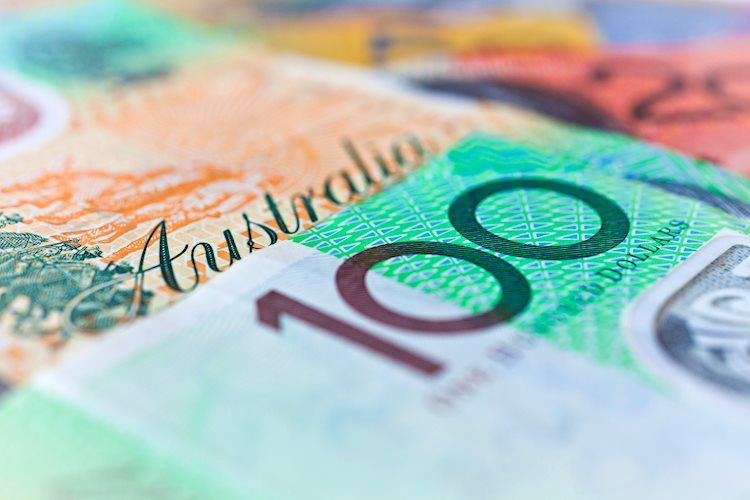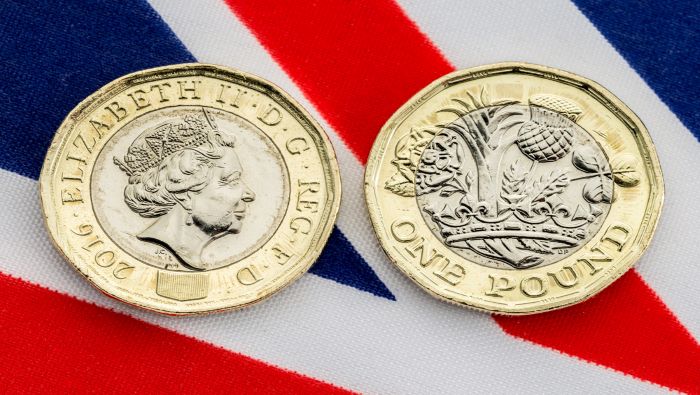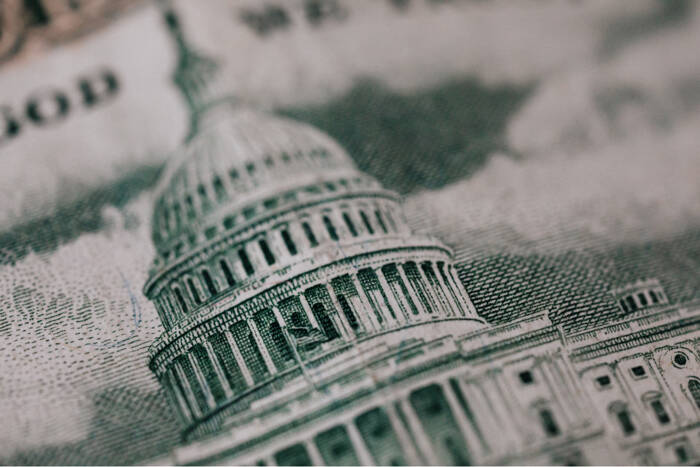The tapering of weekly purchases to AUD4 billion per week and the adjustment to the forward guidance by deleting “at the earliest” were two major surprises in the RBA Board’s July statement. So, despite the Reserve Bank of Australia sounding a little more hawkish than predicted, Societe Generale economists expect AUD bulls to face challenges as the Federal Reserve leads the hawkish group.
“Since the RBA’s commodity price index hit its bottom in late 2015, the Australian currency has gained 4% against the US dollar and less than 1% against the New Zealand dollar. The AUD/USD exchange rate plummeted from much above parity to under 0.75. The recovery initially aided the currency, but since 2018, the AUD/USD has become less sensitive to commodities prices and has focused more on rate differentials, spending much of last year catching up on the impact of the Fed’s move on those. The RBA appears committed to a strategy of keeping rates low until after the Fed hikes, which is posing a problem for AUD bulls.”
“Today’s policy meeting ended with cautious economic confidence, a mini-tapering of asset purchases to AUD$4 billion per week from September onwards (from AUD$5 billion today), and a hint that rate hikes are unlikely before 2024.”
“If commodities prices remain high and the economy rebounds from the last round of lockdowns, we don’t believe the RBA will be able to keep the AUD/USD from climbing further. However, the currency will stay weak enough to maintain Australia’s current account surplus.”
“It’s no surprise, then, that AUD bulls have continued to flock to the NZD. The balance of payments story isn’t as appealing, but the RBNZ is likely to respond to recovery and housing inflation with (much) quicker rate hikes. There’s a lot more risk associated with the AUD/NZD pair.”/n





